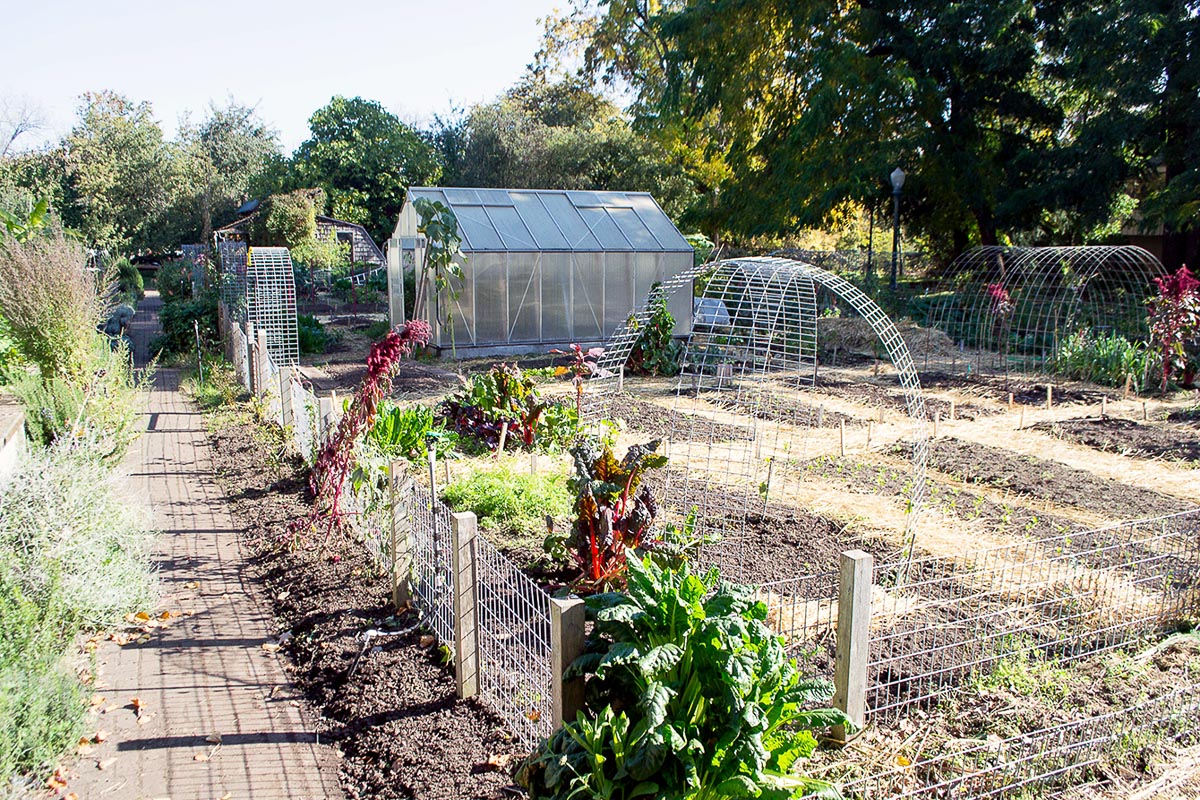City Blooming - Truths
Table of ContentsOur City Blooming PDFsIndicators on City Blooming You Need To KnowExamine This Report about City BloomingSee This Report about City BloomingSome Known Factual Statements About City Blooming
Intrigued in growing food available for sale in the City of Chicago? Thinking of starting an area yard? Changes to the Chicago Zoning Ordinance allow farming uses like community yards and urban ranches in several parts of the city. Below is a checklist of regularly asked questions regarding the regulations and policies that cultivators ought to take into consideration when preparing a metropolitan agriculture task.
The zoning modification does not customize any kind of other codes managing composting, structure licenses, acquiring or leasing City had property, company licenses or environmental contamination. There are existing codes that control these concerns and they remain completely impact and might apply to your task. Community gardens are commonly owned or handled by public entities, civic organizations or community-based companies and maintained by volunteers.
Urban ranches expand food that is intended to be sold, either on a not-for-profit or for-profit basis. Due to their commercial purpose, urban ranches call for a service license.
The City Blooming Statements
The amount of garden compost material can not surpass 25 cubic yards at any type of given time according to the criteria in 7-28-715 of the City's Municipal Code. Because the dirt at a lot of brand-new garden websites needs amending, garden compost, dirt, timber chips, or various other materials can be obtained to construct or improve the expanding area.

If a building permit is required then the hoophouse will be considered an accessory building. You can locate out more regarding the structure authorization needs by calling the Division of Buildings. The 25,000-square-foot dimension limit is planned to avoid a single neighborhood garden from controling an offered block or diminishing the block's existing household or business character.
The limitation does not use to gardens found in Public Open Space (POS) districts. Can there be even more than one community yard that is 25,000 square feet on a solitary block? Yes. The size limitation puts on specific yards, not to private blocks. No. Secure fencing is not needed, nonetheless, gardens that have huge parking lot might be called for to install fence or other landscape design attributes.
City Blooming for Dummies
B1 & B2 areas require that all business use activities be conducted inside. Is fencing required for urban farms? Fences might be called for, along with landscaping and screening, for particular vehicle parking areas and outdoor job or storage areas depending on location and the specific task taking location.
Urban ranches call for building authorizations and zoning approvals prior to building and construction (landscaping). Various other forms of city review might be needed depending on details structures, tasks, dimension, landscaping, licensing, public heath and stormwater management problems.
The Department of Service Matters and Customer Security can help figure out the details type of service permit that's called for. Off road auto parking is needed for the majority of commercial jobs in Chicago. The called for number of parking areas is based on the number of employees working on site and not the square video of the growing area.
What Does City Blooming Mean?

Yes. A city farm can offer garden compost product generated on site, nevertheless, the procedure should adhere to the laws in 7-28-715 of the Chicago Municipal Code. Yes. Aquaponic systems are allowed inside your home on metropolitan ranches in many zoning areas. However, a zoning review and building license is needed in order to mount frameworks or systems and an organization permit is needed as defined above.
Up to 5 hives or nests of honey bees might be maintained as an accessory use. Nevertheless, beekeepers should register with the Illinois Division of Farming. For additional information about the suggested zoning change you might call the Division of Real Estate and Economic Advancement, Bureau of Planning and Zoning at 312.744.8563.
Farming in cities and metropolitan areas A metropolitan ranch in Chicago. Urban agriculture refers to various techniques of cultivating. https://www.pubpub.org/user/daniel-nold, handling, and distributing food in urban locations. The term likewise puts on the location activities of animal husbandry, tank farming, beekeeping, and horticulture in a metropolitan context. Urban farming is distinguished from peri-urban farming, which takes area in country areas at the edge of residential areas.
More About City Blooming
, who look for to form social networks established on a shared principles of nature and community holism. These networks can develop by way of official institutional assistance, becoming incorporated into neighborhood town preparation as a "shift community" activity for lasting urban advancement.
The extra straight access to fresh vegetable, fruit, and meat items that might be know via city agriculture can enhance food safety and security and food safety while lowering food miles, causing reduced greenhouse gas discharges, thus contributing to climate modification reduction. Several of the first proof of city farming comes from Mesopotamia.